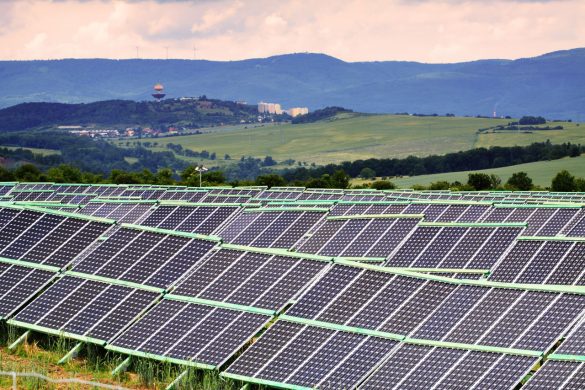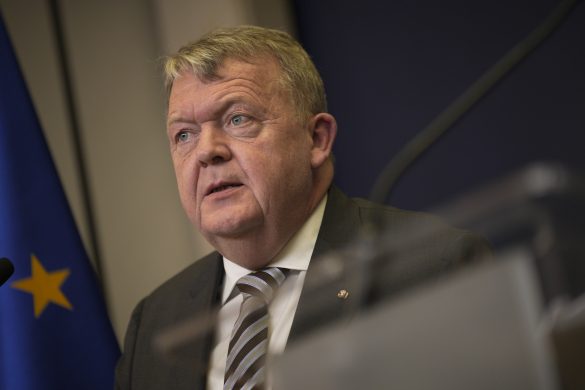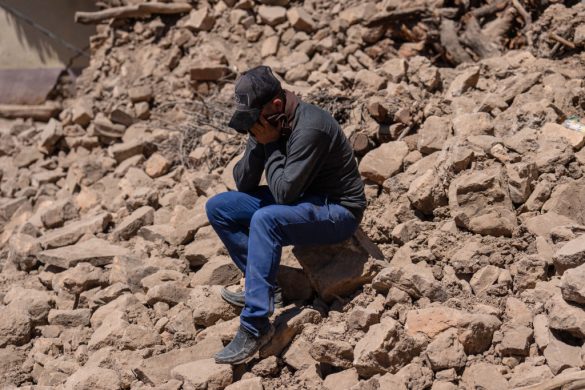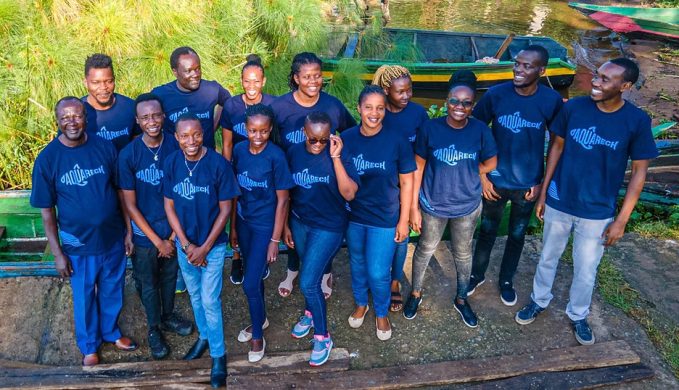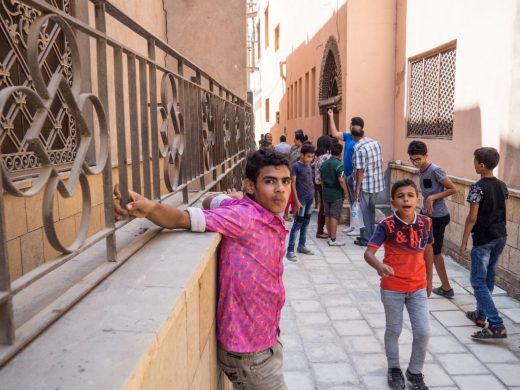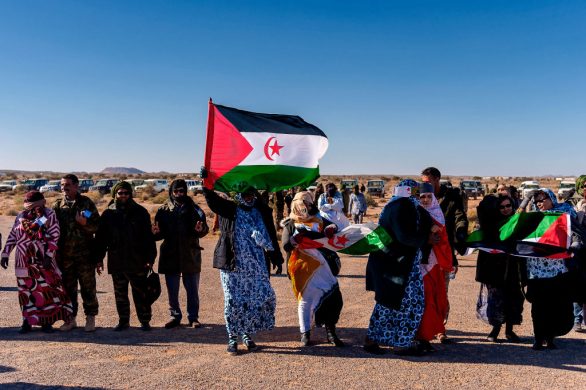Det fremgår af et indlæg på World Economic Forums hjemmeside:
In 2015 the world saw great momentum for climate action, culminating in a historic agreement in December to cut carbon emissions and contain global warming.
It was also a year of continued transformation for the energy sector. For the first time in history, a global sustainable development goal was adopted solely for energy, aiming for: access to affordable, reliable, sustainable and modern energy for all.
To turn this objective into reality while mitigating climate change impacts, more countries are upping their game and going further with solar, wind, geothermal and other sources of renewable energy.
As we usher in 2016, these stories from around the world present a flavor of how they are leading the charge toward a climate-friendly future.
1: Morocco is rising to be a “solar superpower.” On the edge of the Sahara desert, the Middle East’s top energy-importing country is building one of the world’s largest concentrated solar power plants. When fully operational, the Noor-Ouarzazate power complex will produce enough energy for more than one million Moroccans and reduce the country’s dependence on fossil fuels by 2.5 million tons of oil.
2: In Bangladesh, the number of solar-powered homes is surging, making it the world’s fastest expansion of solar energy. About 3.5 million homes—or 18 million Bangladeshis— now have electricity thanks to solar home systems. This means that besides reducing carbon emissions, these systems will help children at home, make it safer for women to walk at night, assist families to receive remittances more easily, and help more people find jobs.
3: China is turning 800 primary and middle schools in Beijing into “sunshine schools.” Once the project is completed, the rooftops of these schools will be covered with 100 megawatts of solar panels to power classrooms for teachers and students, making way for bluer skies and healthier air for local residents and more awareness about the environment in young hearts and minds. This will also help bolster China’s efforts to scale up renewable energy and reach its ambitiousclimate targets set at COP21.
4: Mexico’s efforts to promote more efficient household lighting have gone nationwide. The country has achieved an energy efficiency milestone by distributing almost 23 million energy-saving light bulbs for free. More than 5.5 million Mexican families now use energy-saving lamps. This helps these families save up to 18 percent on their electricity bill, and prevents an estimated 1.4 million tons of CO2 emissions each year.
5: Tanzania holds immense potential in solar and wind power, according to an energy mapping study taking place in 12 countries. The study finds that the country has solar resources equivalent to Spain’s and its potential for wind power exceeds that of the U.S. state of California. What does that mean for those who lack electricity access in Tanzania? One potential success story is the hundreds of rural water points that will soon be powered by solar energy, making it more affordable for farming communities to operate and maintain rural water systems.
6: Turkey has achieved a substantial growth of renewable energy in recent years. Since 2001, the country has commissioned 16,000 MW private sector hydro, wind, geothermal and other renewable sources. Today, more private investment continues to pour into Turkey to propel its power sector modernization. Supported by the Clean Technology Fund, private sector renewable energy and energy efficiency projects financed by EBRD, IFC and the World Bank are helping avoid an estimated 5 million tons of CO2 emissions each year.
Similar results are being achieved in India, Kenya, Mongolia and many other countries around the world.
Now that the climate deal has been struck, it’s time for countries to scale up action to make their economic development more sustainable and fully climate operational.

